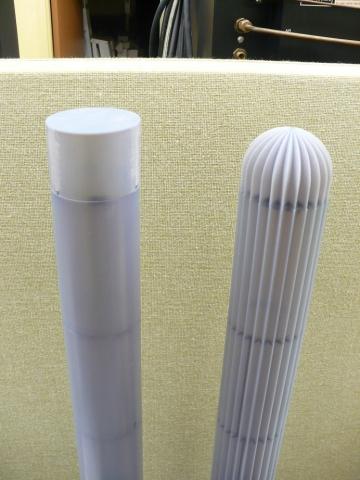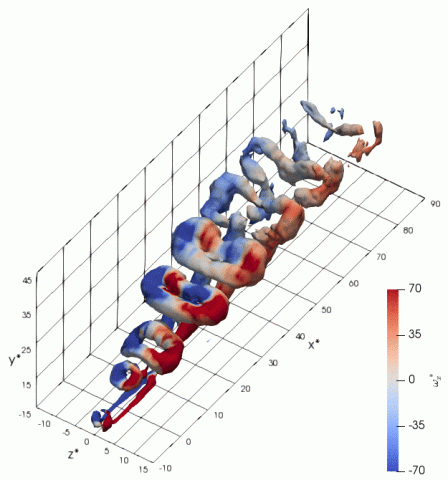Completed Projects

Applying bio-mimicry intelligence to the aerodynamic performance of tall slender buildings has potential to lead to not only improved response to wind loading, but generate savings in material and construction costs, affect energy consumption by providing self-shading and controlling local air flow to promote local wind energy generation and ventilation strategies.

experimental investigation was performed to study the formation of secondary flow structures due to the interaction of a finite-span synthetic jet with a three-dimensional boundary layer over a finite and swept-back wing configuration (cross-sectional profile of the NACA 4421, aspect ratio of 4 and sweep back angle of 30o).

This research project is to explore the evolution of a synthetic (zero net mass flux) jet and the flow mechanisms of its interaction with a cross flow.

Synthetic jet actuators (SJA) are zero-net-mass-flux devices that produce vortex rings which break down to form a jet, injecting momentum into the surrounding flow field (Fig. 1). Since SJA are self-contained electrically-powered devices, they have considerable weight and infrastructure advantages over other aerodynamic flow control methods, such as conventional steady blowing jets or sweeping jets which require a pressurized air source. In this project, we have derived a semi-empirical model to guide design parameter selection, developed a novel fabrication process for SJAs (Fig.

Savonius-Darrieus combination wind turbines seek to combine the high efficiency of the Darrieus wind turbine with the self-starting characteristics of the Savonius wind turbine.
Pagination
- « First
- ‹ Previous
- 1
- 2
- 3
- 4